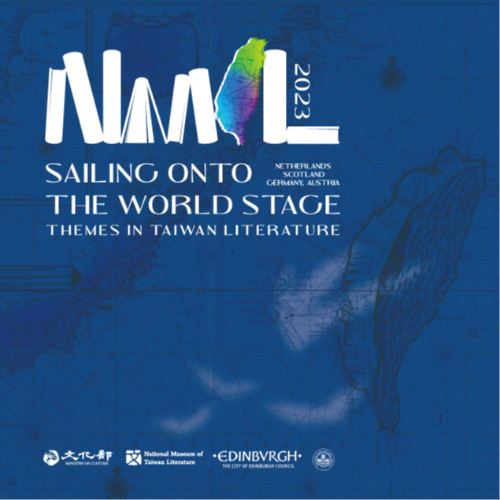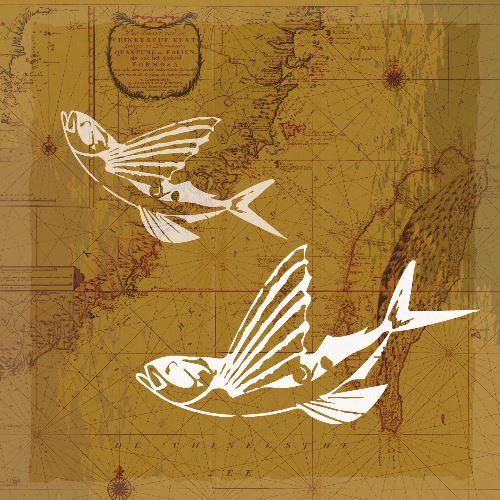
⧉ Whale jumps out of water
(Photo by Todd Cravens)
In the 1980s, Taiwan underwent a bout of massive industrial development, which led to serious environmental pollution. The worldwide trends of environmentalism and ecological reflection were introduced to Taiwan, and both influenced Taiwan's nature writing. Besides focusing on ecological crises, Taiwan's nature writing of this era also began to showcase a sense of local consciousness.

The will to grapple with the mahi-mahi builds and accumulates in my chest. As the raft cruises the Li-Wu River mouth over and over, the disappointment grows to swallow that energy. It seems like the mahi-mahi are hiding in some corner beneath the surface of the sea, peeking at us. It's as if those ghostly blue sparkles keep circling around the boat, only to vanish right as I leap up in excitement.
—— Liao Hung-Chi:"Mahi-mahi," Fisherman (1996)
Liao Hung-Chi portrays the intricate figure of a fisherman struggling on the ocean, detailing his sentiments towards the sea and reflecting his philosophy of life.
In the early stages, Taiwan's nature writing was mostly literary reportage about environmental issues. As society grew more aware of ecological issues, writers began to take natural ecology itself as a subject, detailing the ecological environment and specific species. Taiwan's indigenous literature also developed another style of nature writing. Indigenous lifestyles are deeply connected to the natural environment, and traditional indigenous knowledge has long demonstrated a sense of ecological ethics and of coexisting in harmony with nature.
In recent years, Taiwan's nature writing has grown more professional and more diverse. Through popular science publications on ecology, promotion of environmental education, ecopoetry, animal fiction, and more, Taiwan's nature writing displays a vibrant diversity.

⧉ East Rift Valley National Scenic Area
(Photo by Bells Mayer)

I discovered his eyes weren't like human eyes. They were more like compound eyes composed of countless single eyes, the eyes of clouds, mountains, streams, meadowlarks and muntjacs, all arranged together. As I gazed, each little eye seemed to contain a different scene, and those scenes arranged to form a vast panorama the likes of which I had never seen.
—— Wu Ming-Yi: The Man with the Compound Eyes (2011)
Wu Min-Yi tells the story of the encounter between the protagonists in Taiwan, Wayo Wayo Island, and the Pacific trash vortex, showcasing his concern for Taiwan's natural ecology.










